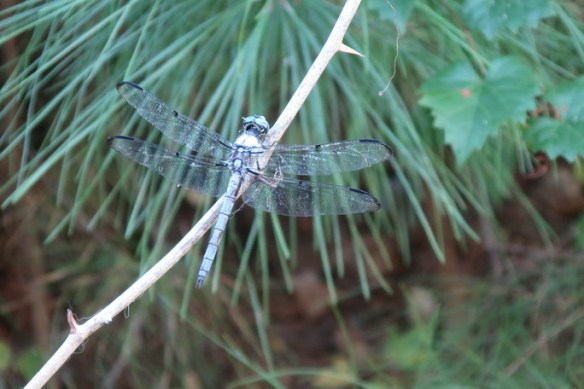October. Time to get busy in the garden. Even though temperatures are higher than usual and it feels so glorious, I know that failing to get cracking on the chores will only have me full of regrets should a sudden frost arrive or worse, snow. Best not to take any chances.
The Things To Do page provides a monthly list of garden tasks and I hope it is useful. However, being human, one forgets to check in a timely fashion. So, I thought I’d start giving a reminder at the start of each month. For this month, I’m providing the whole list below just so you can see that October demands a lot.
Things To Do In October
1. Yes, weeding continues!
2. Time to plant perennials and trees. Give a good dose of compost to each. Water regularly. Perennials already in place can be divided and planted as well.
3. Cut back all spent plants except what is needed for seasonal interest.
4. Collect seeds. Store in labeled envelopes in a cool, dry space.
5. Last call to root cuttings of geraniums, coleus, rosemary etc.,
6. Get all pots of tender perennials into clean greenhouse or other winter shelters. Wash plants and pots thoroughly first – minimizes pest infestation.
7. Plant bulbs as weather gets consistently cooler. Bulbs can be planted once soil temperature gets down to 55 degrees right up to the time the soil freezes solid.
8. Rake leaves. Add to compost pile or deposit in woods.
9. Give compost heap a good stir.
10 Clean out vegetable garden except for cool weather plants that are still producing. Apply several inches of compost on cleared beds. Plant green manure to enrich the soil – optional.
11. Clean and put away (or cover) outdoor furniture.
12. Check what needs repairing, repainting, replacing and get to it!
13. Lift tender bulbs, corms and tubers. Store in dry, frost-free place.
14. Drain and close all outdoor water faucets. Empty rain barrel and hoses. Store.
15 Clean all equipment and tools. Store neatly.
16. As temperatures plummet, protect tender shrubs and immovable frost sensitive pots and statuary. I cover the former with burlap and for the latter, I first cover with sturdy plastic and then use burlap so it looks halfway decent.
17. Remove suckers from ornamental and fruit trees. Prune roses and wisteria. Remove dead and decaying limbs from all plants.
18. Fill up bird feeders. Keep them filled through the winter. Put up nest boxes for the spring.
19. Get into the autumnal spirit – fill window boxes and urns with seasonal plants and produce.
Sincere gardeners never stop learning. On the 19th of this month, the Untermyer symposium is sure to instruct us all. Do sign up for it. While the topic is on restoring historic gardens, there will surely be plenty of ideas and advice to be picked up for ones own garden.
“Join us for a symposium on different approaches to historic garden restoration. Suzanne Clary, President of the Jay Heritage Center, Howard Zar, Executive Director of Lyndhurst, and Timothy Tilghman, Head Gardener of Untermyer Gardens, will share their experiences in restoring great New York gardens and landscapes. A pictorial introduction to each garden will be followed by a discussion moderated by well-known garden blogger Shobha Vanchiswar and a tour of Untermyer Gardens by Timothy Tilghman.”






(c) 2019 Shobha Vanchiswar
[do_widget “Blog Subscriptions (Jetpack)”]




























































































